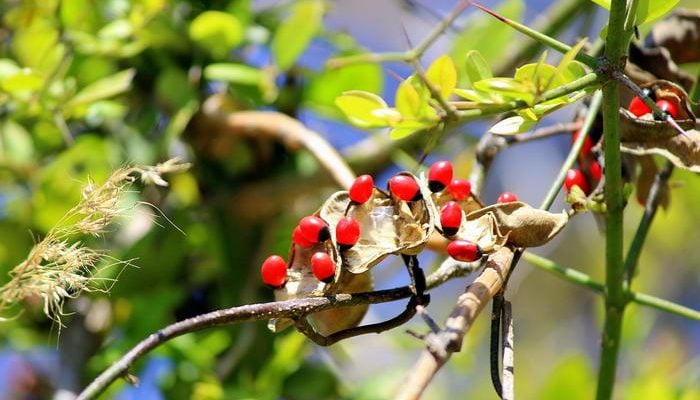When one thinks of danger in the natural world, venomous snakes or predatory animals might spring to mind. Yet, a silent threat often blooms right in our backyards. The flora that we admire for its beauty holds secrets that can threaten life itself. Poisonous plants possess the ability to inflict harm upon contact or ingestion, with toxins potent enough to disrupt the human body’s complex systems. Recognizing these threats requires knowledge of both their alluring façades and the signs they bear, signaling their hazardous nature.
Nature has endowed these plants with toxins as a defense mechanism, deterring herbivores and protecting their species. The effects on humans vary from mild irritations to severe, systemic reactions that can be life-threatening. Determining how to tell if plants are poisonous often involves examining specific characteristics such as the presence of milky sap, distinct odors, or warning colors. However, these are not definitive signs; some deadly plants masquerade as harmless.
Beyond mere identification, understanding what poisonous plants can do to humans is vital. They can cause an array of symptoms, from skin rashes and digestive disturbances to neurological dysfunction. Unwittingly brushing against the leaves of a toxic plant or consuming its berries can lead to an urgent medical crisis. It’s a peril that applies not only to rare exotic species but also to commonly known poisonous plants present in local environments.
Armed with this knowledge, let us embark on an exploration of the 10 Most Poisonous Plants in the World—a journey into the heart of nature’s toxic garden.
10 – Oleander
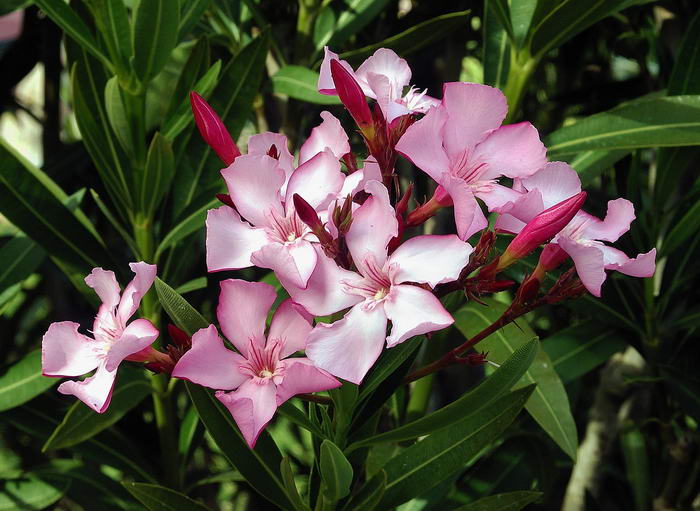
Highly toxic to humans, if you ingest any of the plant at all you will suffer severe cardiac and gastrointestinal symptoms. The name translates as ‘Ass Killer’ which gives a good idea of how toxic this plant is. Various harmful substances such as nerioside and oldendrin combine to make this bad news for humans. Some say even the smoke from burning it can be dangerous and one leaf may be enough to kill you!
09 – White Snakeroot
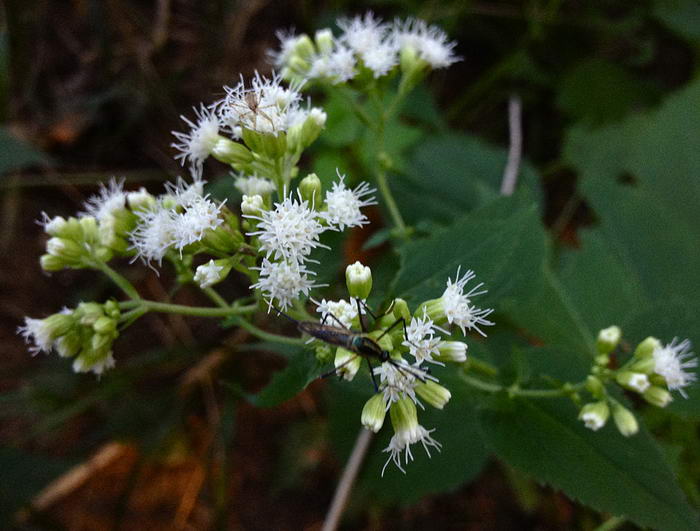
08 – Manchineel
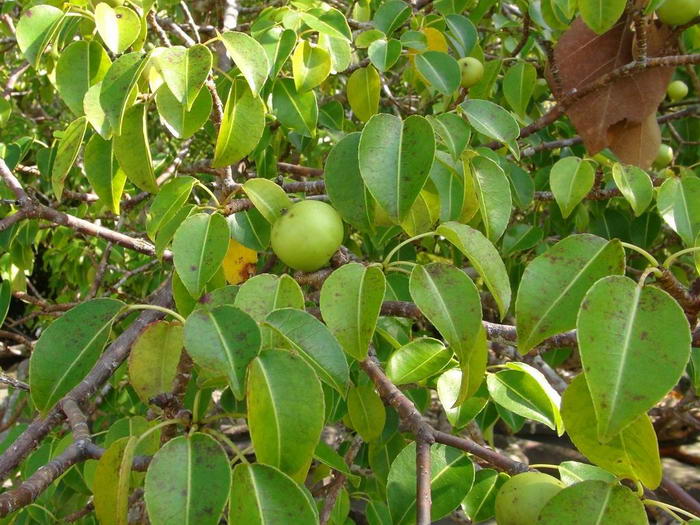
The bark and sap are stuffed full of powerful irritants like phorbol that causes skin to blister painfully if exposed to it. In effect, it is a kind of allergic dermatitis and obviously to be avoided at all costs. It is thought so potent it could strip paint off a car. So you really don’t want that on your skin! One key point to note is that this can happen from rain falling off the leaves onto exposed skin. Don’t make the mistake of sheltering under this tree in a storm!
07 – Suicide Tree
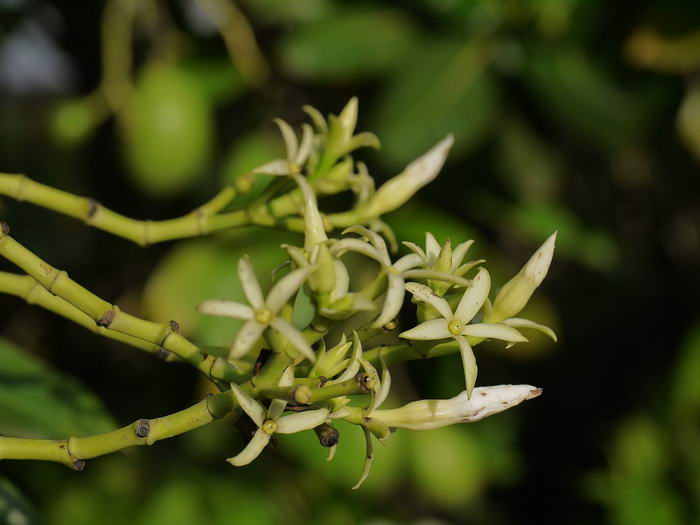
The main ingredient in this plant to avoid are the seeds were toxic digoxin is found. This substance interrupts the rhythm of the heart and eventually leads to death due to cardiac complications. It is a member of the same family as Oleander and just as fatal.
06 – Deadly Nightshade
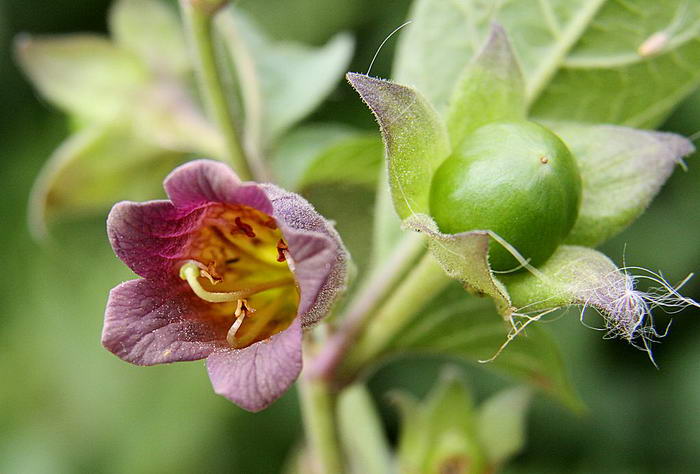
The berries of the plant are highly toxic with just five needed to die from but it is the root that has the strongest effects. Working by blocking certain neuro-transmitters within the nervous system, if you are unlucky enough to have eaten enough, death will soon follow. Symptoms include blurred vision, dry mouth and a heartbeat loud enough to be heard several feet away!
05 – Lily of the Valley
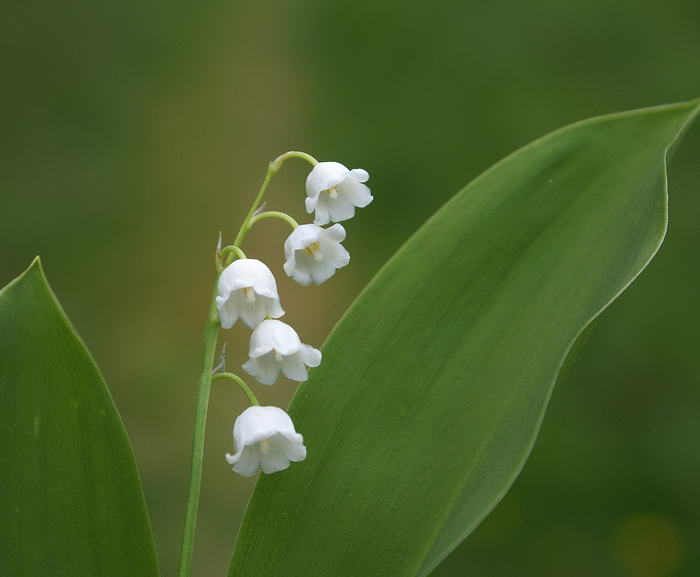
This plant contains a huge 38 different poisonous cardiac glycosides. Chief among these is convallatoxin which gives a similar effect to the poison found within a Foxglove for example. Experts have found that all parts of this plant are bad for you, from the berries to the root. If you do have Lily of the Valley poisoning look out for nausea, severe headaches and slow heartbeat.
04 – Hemlock
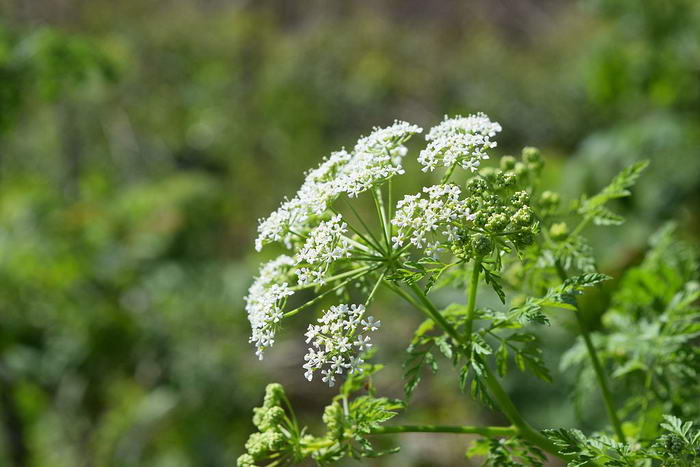
The active ingredients in Hemlock are coniine, cicutoxin and cicunol. In the case of coniine, which is found in poison Hemlock, this kills from the outside-in. The various limbs slowly become numb as the poison spreads before the major organs such as the lungs and heart succumb. As Hemlock is a member of the same family as Carrot and Fennel, you have to be very careful you pick the right one for your salad!
03 – Castor Bean Plant
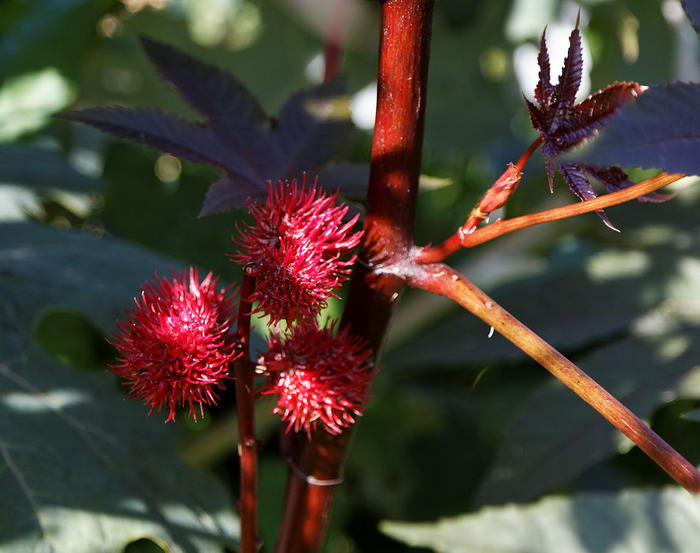
This poison is ricin which is one of the most potent plant toxins on Earth. Stronger than the most powerful snake venom and products such as strychnine, ricin is very bad for you. If eaten a few beans can kill an adult but it is most dangerous if injected or inhaled. Although it has pretty orange flowers, ricin causes a long and painful death so is certainly one to avoid!
02 – Aconite
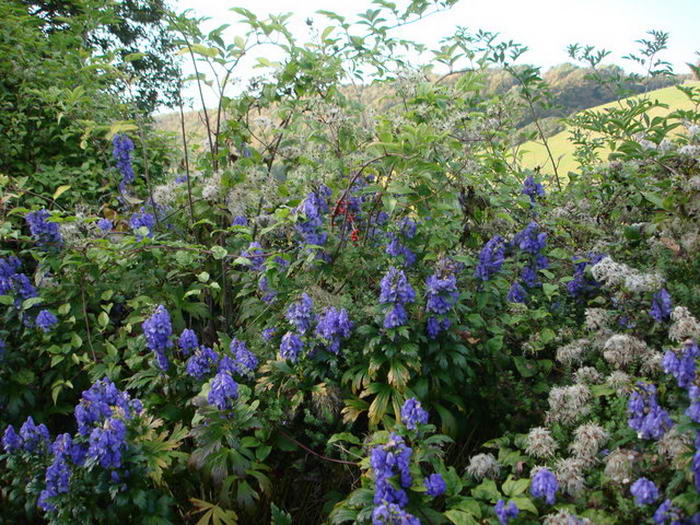
Found mainly in Europe, it is highly poisonous as the above suggests. Growing to about 6-foot-tall and with purple flowers, the plant contains deadly aconitine. Even touching the plant can produce severe reactions and eating it is fatal. Ultimately, it causes death due to respiratory failure and as such has been a poison used throughout the ages.
01 – Rosary Pea
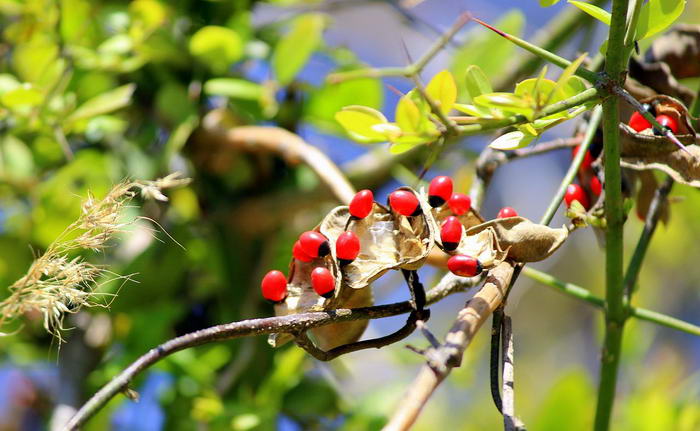
Popular through the Tropics, it has also spread to Florida although many there consider it a pest. Although poisonous if ingested, the black and red beans have a variety of uses from making rosary beads to filling maracas. Surprisingly enough for a plant so toxic the number of recorded deaths from it are relatively low. This is due to the poison inside the bean being protected by its hard exterior and the abrin absorbing into the body slowly if swallowed.
Going for a walk in the woods or countryside is a lovely experience and one that lots of people enjoy. While there is no need for alarm, being aware of the fauna around you and which ones to avoid is very useful. You should certainly never eat anything you find unless you are an expert or 100% sure of what it is. By doing this, you will ensure you stay healthy and enjoy many future hikes around the countryside in your area.
The Lethal Touch of Nature: Recognizing the Unseen Threat
Ending our verdant voyage, we ponder the ultimate question: What is the plant that harbors enough venom to kill? The title of the most poisonous plant in the World is often attributed to plants like the infamous Castor Bean or the deceptively delicate Oleander. Each carries within its cells the power to halt life’s processes, proving that not all of nature’s gifts are benign.
Questions such as “Are dead plants still poisonous?” reveal the enduring nature of botanical toxins. Indeed, desiccation often does little to diminish the peril. Dry or withered, the compounds within these plants retain their toxic potency, capable of causing harm long after the plant’s life has ended.
Touching upon the zenith of plant toxicity, one may wonder about the most dangerous plant in the World to touch. Here, the Gympie-Gympie tree of Australia stands notorious. Its sting is said to be unbearably painful, leading some to dub it the “suicide plant.”
Let these insights into the plant kingdom serve as a reminder of the balance between nature’s beauty and its inherent risks, urging us to treat the environment with respect and caution.
Unseen Hazards in the Garden: Dealing with Plant Poisoning
Encounters with toxic plants are not to be taken lightly. The physical repercussions can range from mild discomfort to acute poisoning necessitating swift medical intervention. Understanding the symptoms and first aid for contact with plants with toxic properties is thus a crucial skill for outdoor enthusiasts and gardeners alike.
If the unfortunate event of poisoning occurs, the signs can manifest as anything from a mild rash to severe gastrointestinal distress, respiratory difficulties, or even cardiac complications. It’s paramount to recognize these symptoms early and know how to react—often starting with immediate removal from the source of exposure, followed by thorough cleansing of the affected area.
First aid responses should be rapid and precise. In the event of ingestion, medical professionals may advise on specific procedures, sometimes including the administration of activated charcoal. If skin contact is the issue, gentle washing with soap and water, along with the application of soothing lotions, can mitigate the damage.
For gardeners, awareness is the first step toward prevention. Educating oneself on identifying dangerous plants and their management can prevent many of these scenarios. However, should an encounter with a dangerous plant occur, knowing the steps to take can make all the difference in outcomes.
These narratives surrounding the deadliest plants around the globe serve as a sobering reminder of the respect we must accord to our natural world, where beauty and peril often coexist seamlessly.


